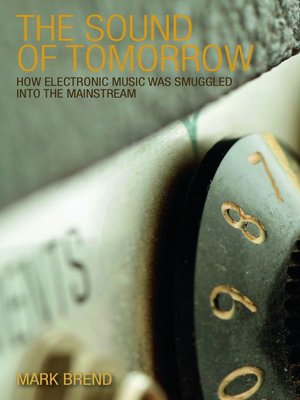
Sign up to save your library
With an OverDrive account, you can save your favorite libraries for at-a-glance information about availability. Find out more about OverDrive accounts.
Find this title in Libby, the library reading app by OverDrive.



Search for a digital library with this title
Title found at these libraries:
| Loading... |
Monterey pop festival, 1967. Bernie Krause and Paul Beaver demonstrated a Moog synthesizer to the assembled rock aristocracy, plugging into a surge of interest that would see synthesizers and electronic sound become commonplace in rock and pop early the following decade. And yet in 1967 electronic music had already seeped into mainstream culture. For years, composers and technicianshad been making electronic music for film and TV. Hitchcock had commissioned atheremin soundtrack for Spellbound(1945); The Forbidden Planet (1956)featured an entirely electronic score; Delia Derbyshire had created the Dr Who theme in 1963; and by the early1960s, all you had to do was watch commercial TV for a few hours to hear theweird and wonderful sounds of the new world.TheSound of Tomorrow tells the compelling story of the sonic adventurers who first introduced electronic music to the masses. A network of composers, producers, technicians and inventors, they took emerging technology and with it made sound and music that was bracingly new.






